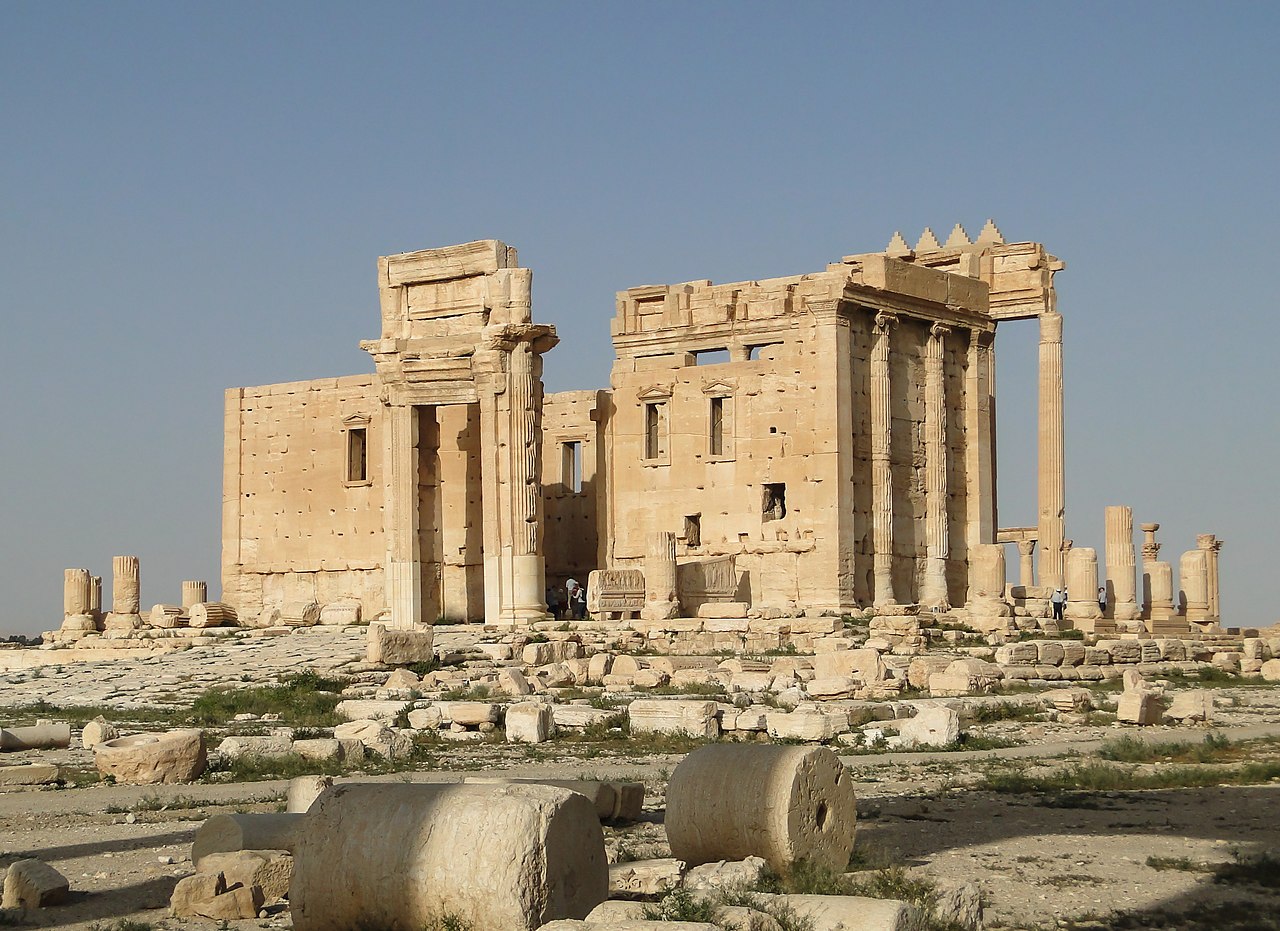rupol2000
Gold Member
- Aug 22, 2021
- 18,215
- 2,628
- 138
- Banned
- #1
Terrorists destroyed the Baal Temple in Palmyra. Baal is the Babylonian Bel, in Babylonia they worshiped him and built temples. As I understand it, this is the serpent-fighter, the prototype of Marduk, Indra, Dyaus, Apollo, Zeus and Jupiter, the god of thunder and lightning. His main enemy is the Serpent. So Islamic extremists are fighting on the side of the Serpent.

